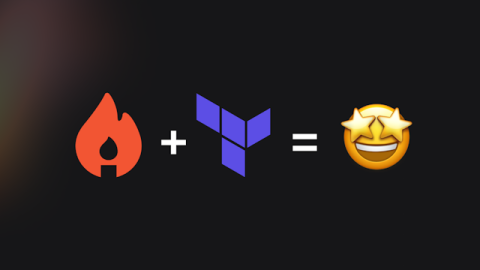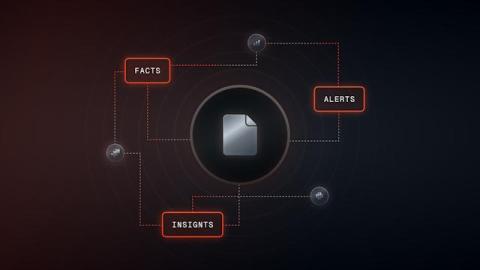Onboarding yourself as an engineer at incident.io
At incident.io we use infrastructure as code for configuring everything we can, and we feel that there’s no reason we should exclude our own product from that. As well as configuring things like Google Cloud Platform, Sentry and Spacelift via our infrastructure repo, we also configure incident.io. On your first day as an engineer here, the first PR that you make is to our infrastructure repo.











